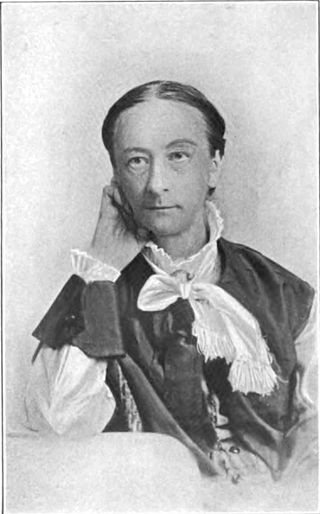
Susan Bogert Warner, was an American Presbyterian writer of religious fiction, children's fiction, and theological works. She is best remembered for The Wide, Wide World. Her other works include Queechy, The Hills of Shatemuck, Melbourne House, Daisy, Walks from Eden, House of Israel, What She Could, Opportunities, and House in Town. Warner and her sister, Anna, wrote a series of semi-religious novels which had extraordinary sale, including Say and Seal, Christmas Stocking, Books of Blessing, 8 vols., The Law and the Testimony.

Jane Hading was a French actress. Her real name was Jeanne-Alfrédine Tréfouret.

Charles Stanley Reinhart, usually cited as C. S. Reinhart, was an American painter and illustrator. He was a nephew of artist Benjamin Franklin Reinhart.
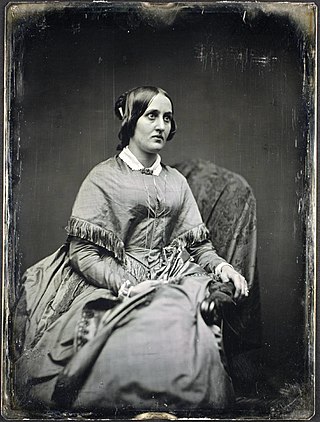
Sara Jane Lippincott was an American author, poet, correspondent, lecturer, and newspaper founder. One of the first women to gain access into the Congressional press galleries, she used her questions to advocate for social reform and women's rights.
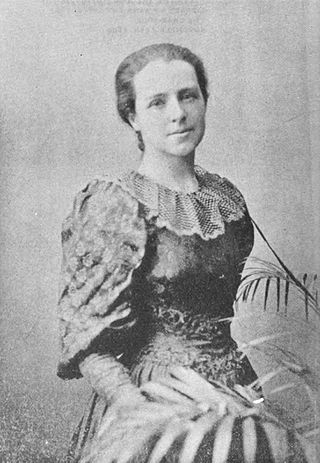
Louise Imogen Guiney was an American poet, essayist and editor, born in Roxbury, Massachusetts.
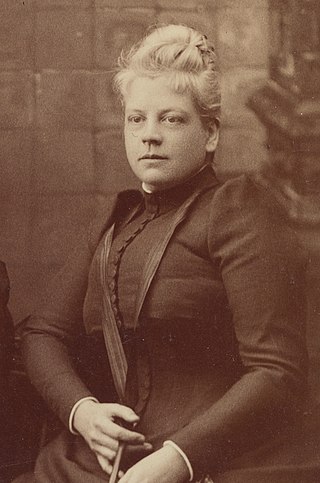
Isabel Florence Hapgood was an American ecumenist, writer and translator, especially of Russian and French texts.
The Republic of the Future: or, Socialism a Reality is a novella by the American writer Anna Bowman Dodd, first published in 1887. The book is a dystopia written in response to the utopian literature that was a dramatic and noteworthy feature of the second half of the nineteenth century.

Mary Evelyn Hitchcock was an American author and explorer. She was part of the theatrical company, Floradora Company, in the early 20th century, and also worked for the New York World as a reporter.
Charlotte Frances Wilder was an American writer. She was one of the most widely known writers of Kansas, and the author of many religious books, including for juvenile audiences, and a contributor to church papers and magazines. Her works -included in the Bibliothèque nationale de France, Paris- were "entitled to go down to posterity, her life-work preserved as information for future generations".

Jane Meade Welch was an American journalist and historian who lectured and wrote on American history. She was the first woman in Buffalo, New York to become a professional journalist, the first American woman to lecture at Cambridge University, and the first American woman whose work was accepted by the British Association. Welch was a pioneer among American women in developing an extensive group of American history lecture courses.
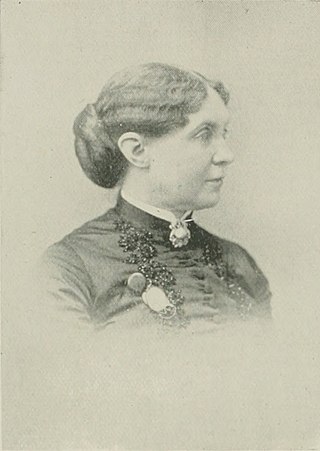
Emily Lucas Blackall was a 19th-century American author and philanthropist. Her first published book was Superior to Circumstances, which was followed by Melodies from Nature, and Won and Not One. She also contributed short stories and biographical sketches to various periodicals, and was a frequent contributor to missionary literature. She became identified with the woman's temperance crusade and aided in forming the Woman's Christian Temperance Union. Blackall died in 1892.

Lillian Rozell Messenger was an American poet from Kentucky. Among her first acknowledged poems were those brought out in a volume entitled, Threads of fate, 1872. Other volumes included Fragments from an old inn, 1885; The Vision of gold, 1886; and The Southern Cross, 1891. "Columbus" was read by Governor John Wesley Hoyt of Wyoming Territory during the patriotic celebration at the Woman's Building, World's Columbian Exposition in Chicago, 1893. "In the heart of America," was read at the Cotton States and International Exposition, in Atlanta, 1895. Messenger contributed many poems to the Louisville Journal, Memphis papers, and the New York Home Journal. Her most ambitious poems were lengthy, narrative ones, with themes such as "Charlotte Corday" and "Penelope, the Wife of Ulysses". Messenger died in 1921.

Flora Haines Loughead was an American writer, farmer, and miner from Wisconsin. She became the "Opal Queen" of Virgin Valley. Flora's son, Allan was the founder of American aerospace company the Lockheed Corporation.

Mary Elizabeth Sherwood was an American author and socialite. She wrote short stories, poetry, several books, and etiquette manuals, in addition to contributing to many magazines and translating poems from European languages. Among her writings are The Sarcasm of Destiny, A Transplanted Rose, Manners and Social Usages, Sweet Briar, and Roxobel. Better known as Mrs. John Sherwood, some of her literary works were published as "M.E.W.S." or "M.E.W. Sherwood".
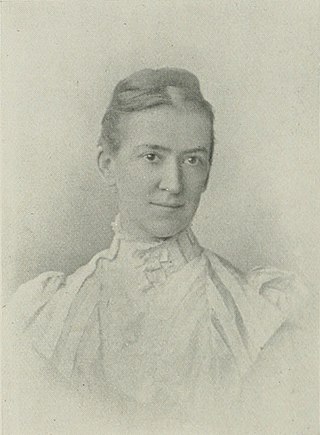
Florence Trail was an American educator and author. Though she belonged to one of the wealthiest families of Maryland, she believed in the doctrine of self-support and left home to engage in teaching, first in Kentucky and North Carolina, and afterward in New York and Connecticut. On returning from an extended tour of Europe, she published My Journal in Foreign Lands. This was followed by other volumes, among them: Studies in Criticism, Under the Second Renaissance, and A History of Italian Literature. Trail died in 1944.

Mary Bigelow Ingham was an American author, educator, and religious worker. Dedicated to teaching, missionary work, and temperance reform, she served as professor of French and belles-lettres in the Ohio Wesleyan College; presided over and addressed the first public meeting ever held in Cleveland conducted exclusively by religious women; co-founded the Western Reserve School of Design ; and was a charter member of the order of the Daughters of the American Revolution.

Lucy Hamilton Hooper was an American poet, journalist, editor, playwright, and translator. Soon after her marriage in 1854, a commercial crisis ruined her husband's business and she was compelled to start writing professionally. She contributed regularly to newspapers and magazines, and was associate editor of Our Daily Fare, issued in connection with the fair held by the U.S. Sanitary Commission in Philadelphia in 1864, and to which she presented the first hundred copies of a small collection of her poems published in that year. She was associate editor of Lippincott's Monthly Magazine from its establishment in 1868 until 1870, when she made her first trip to Europe.

Mary Onahan Gallery was an American writer, critic and editor. She primarily wrote articles for newspapers and magazines. Gallary was also the mother of three rear admirals in the U.S. Navy.

Euphemia Vale Blake was a British-born American author and critic. She wrote extensively for the North American Review, the Christian Examiner, the Boston Evening Transcript, and other well-known publications. From 1857, she lived in Brooklyn, engaged in journalism. She was the author of Arctic Experiences; Teeth, Ether and Chloroform; History of Newburyport; A History of Tammany Hall, and Ocean Wonders.

Lida Rose McCabe was an American author, journalist, and lecturer. She is remembered as the first woman reporter who traveled to the Klondike. Her first book, Don't You Remember? (1884) was a reminiscence of Columbus, Ohio's early days. In the midst of an active newspaper life in New York City, she found time for the writing of other books, including The American Girl at College (1893) and Ardent Adrienne: The Life of Madame de La Fayette (1930), as well as magazine articles. McCabe contributed to the Popular Science Monthly, Lippincott's Monthly Magazine, McClure's, The Cosmopolitan, St. Nicholas Magazine, Book Buyer, The Outlook, The Bookman, and Town & Country, and syndicated all leading newspaper in the U.S. and abroad. She was also Paris correspondent for the New-York Tribune and the American Press Association (1889–90).
























